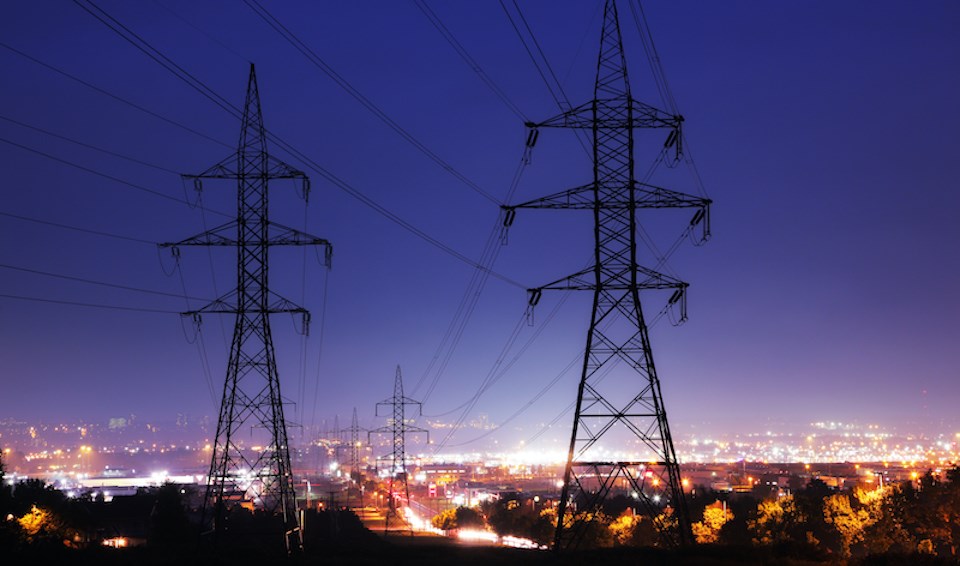Lots has been written about B.C. Hydro’s seemingly dire situation regarding its potential supply of electricity, so it was good to see the Crown corporation was able meet to record-breaking electricity demands during the past weekend’s cold snap.
Not only that, but it was also able to help bail out Alberta by shipping 200 megawatts its way following an electrical grid alert from the Alberta Electrical Systems Operator, as well as another 150 megawatts to Pacific Northwest state utilities.
Considering B.C. Hydro has experienced a prolonged record drought that has negatively impacted its largest reservoirs in the north and the southeast part of the province, this must be considered very good news.
According to B.C. Hydro, peak hourly electricity demand reached a record level last Friday night, Jan. 12, when it reached 11,300 megawatts. That breaks the previous record of 10,977 megawatts set in December 2022 and was 30 per cent higher than the previous Friday, Jan. 5.
How B.C. Hydro was able to pull this off remains a mystery, but Chris Riley, its President and CEO, put out a statement pointing out that B.C. has an “integrated, provincial hydroelectric system that allows B.C. Hydro to ramp up quickly when generation is needed and scale back when it is not.”
Riley said the corporation plans for cold weather events to ensure electricity is available when it is most needed.
Still, this accomplishment during a brutal cold snap does not necessarily mean the Crown corporation can meet a sustained increase in electricity demands that will come with the NDP government’s Clean Energy Plan.
The corporation was a net importer of electricity for much of 2023, and some of that was “dirty” power from U.S. suppliers. The drought shows no signs of ending (current snowpack levels, which help fill reservoirs when they melt, are still lower than usual) so the cold snap miracle may be hard to repeat at other times of the year if the reservoirs are low.
B.C. Hydro may also be forced to continue to import power from external sources, which negatively impacts on its financial bottom line.
Nevertheless, Riley’s statement seemed to indicate that B.C. Hydro may have found a way of managing the situation which, if so, will come as a relief to both its residential and commercial customers.
A B.C. Hydro news release referred to its “team that has been planning in real-time for over a year to manage the conditions” created by the low reservoir levels. Presumably, that means a plan that extends beyond a cold snap.
We could easily experience an extreme weather event this summer that would be the precise opposite of a cold snap: another “heat dome” like the one we saw in 2021. There was a spike in electricity demand during the heat dome, as there was a considerable increase in the use of air conditioners.
Unprecedented or rare extreme weather events seem to be the new normal, so B.C. Hydro’s ability to keep the lights on and the heat on during a record cold snap hopefully bodes well for any weather crisis we face this coming summer.
Keith Baldrey is chief political reporter for Global BC.



